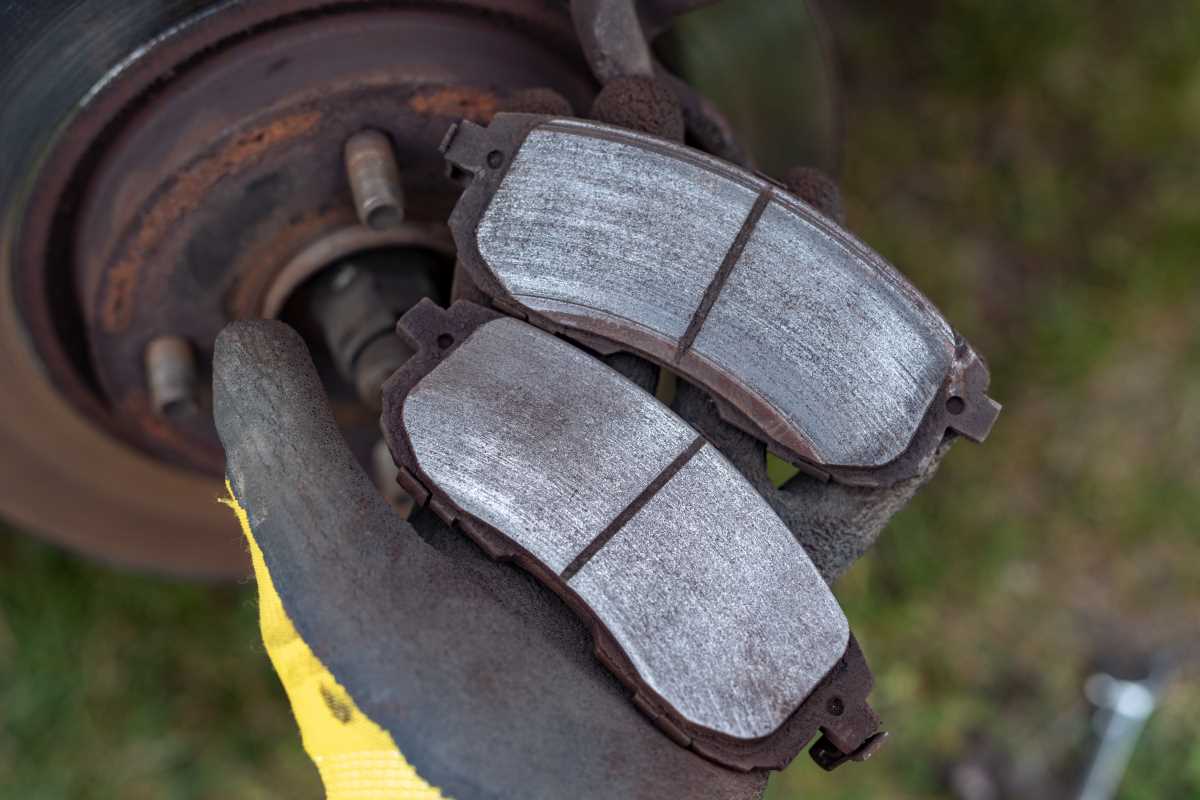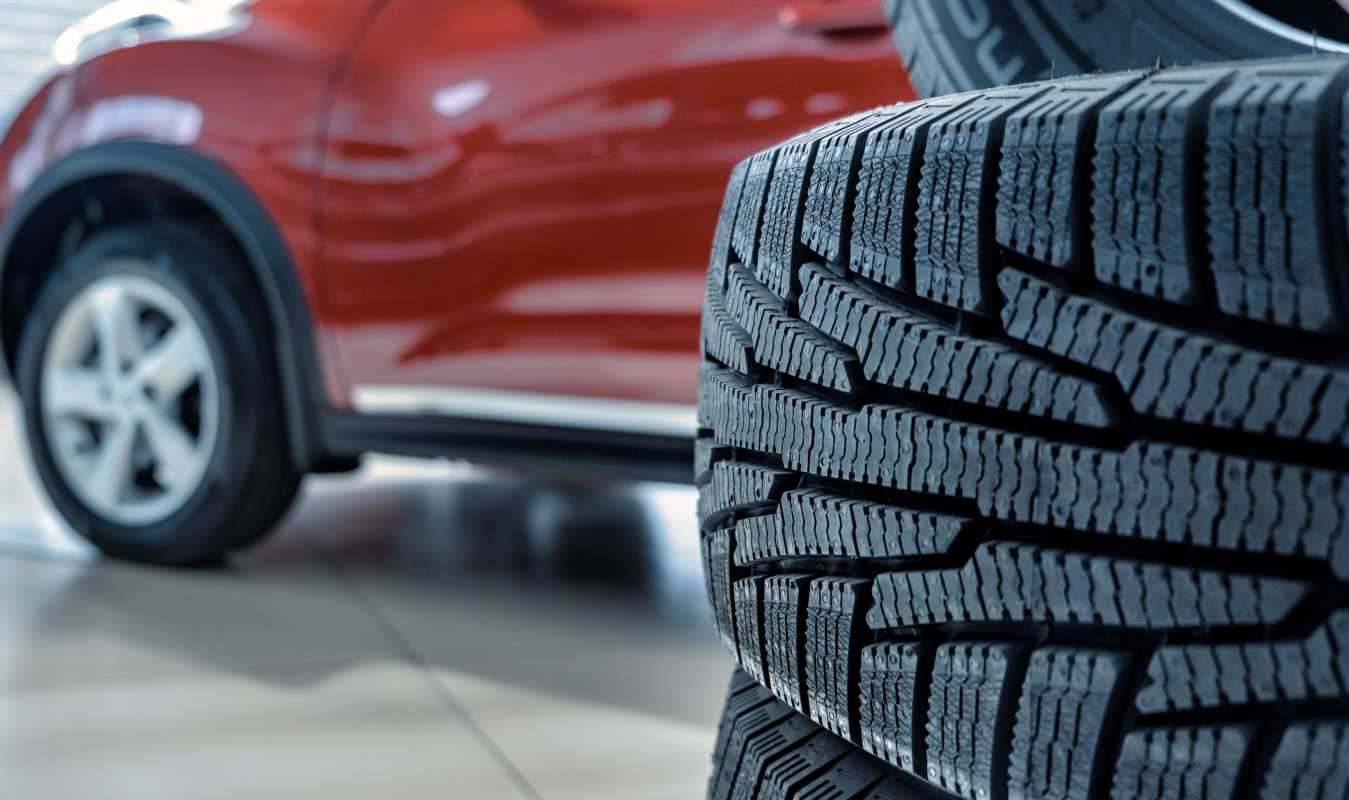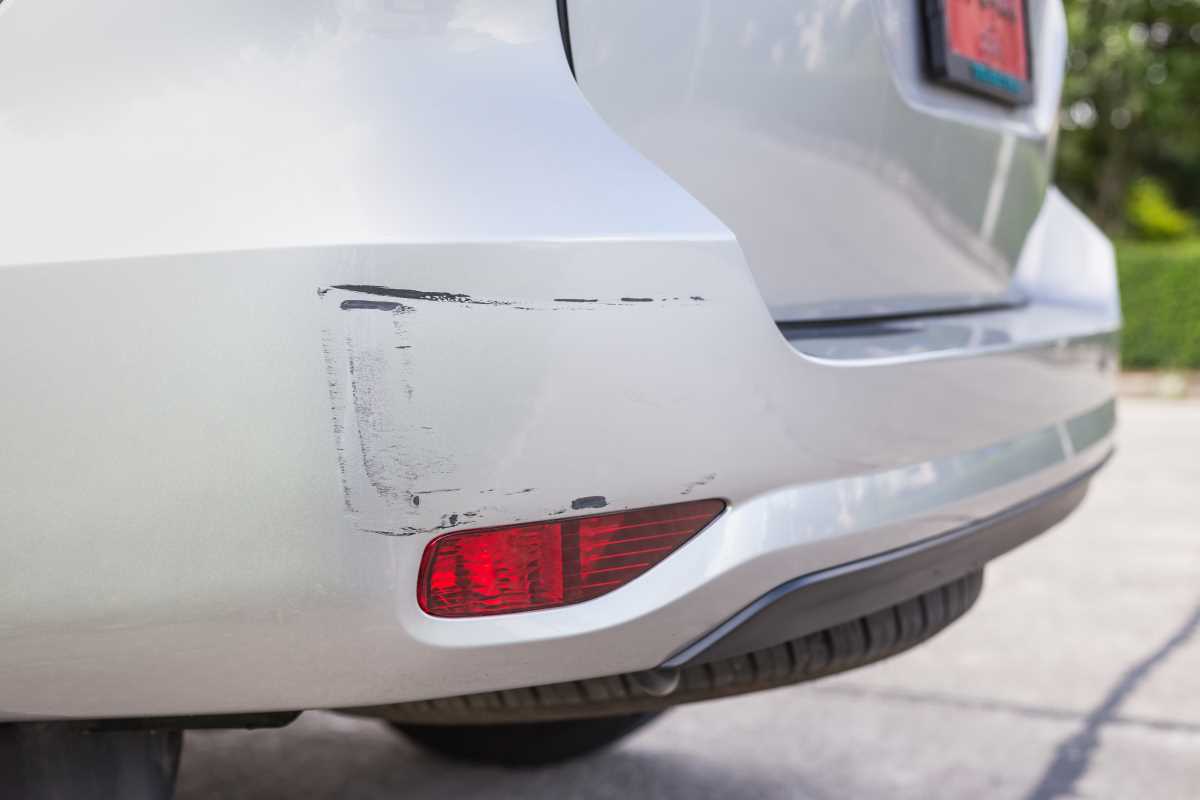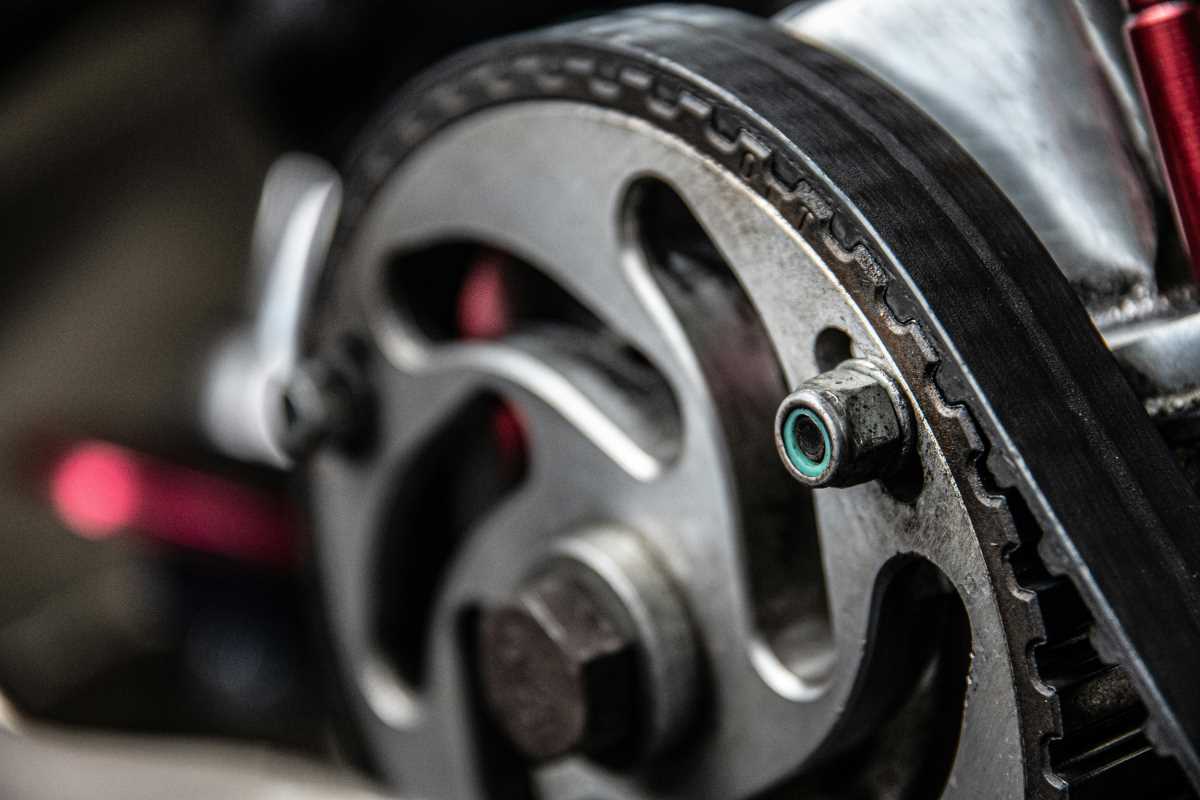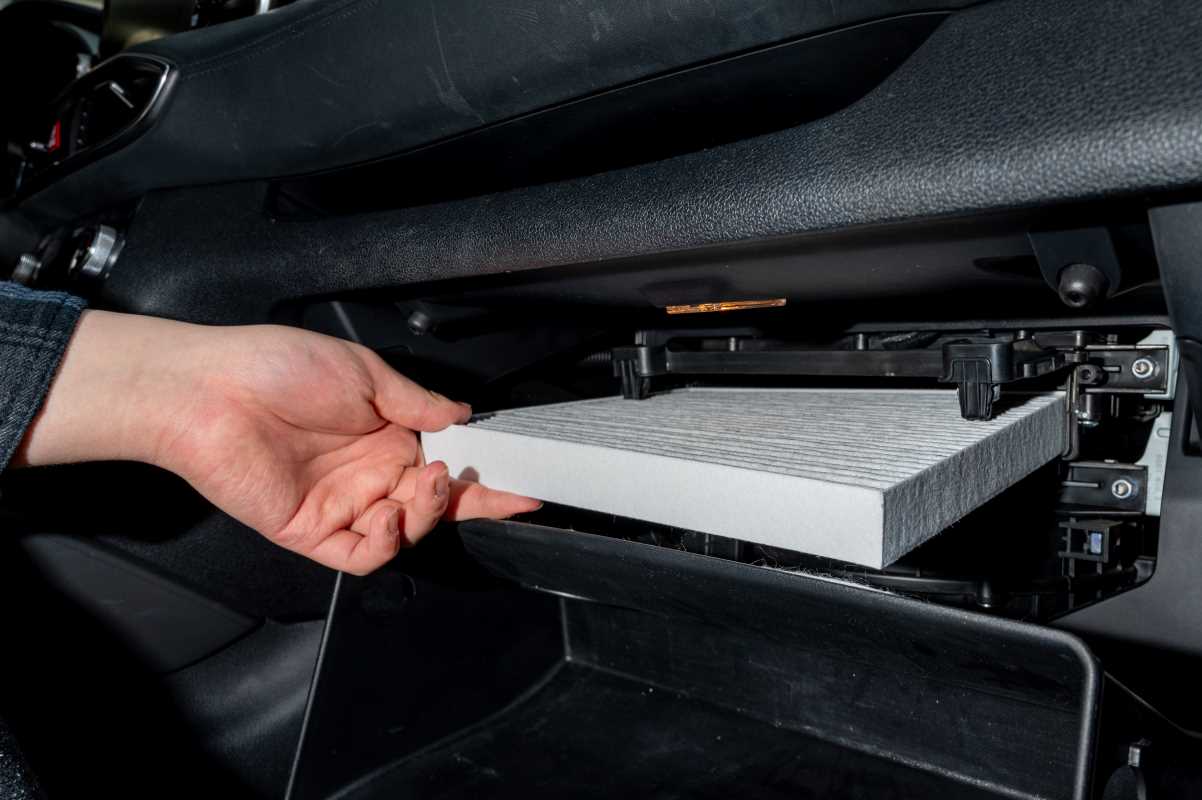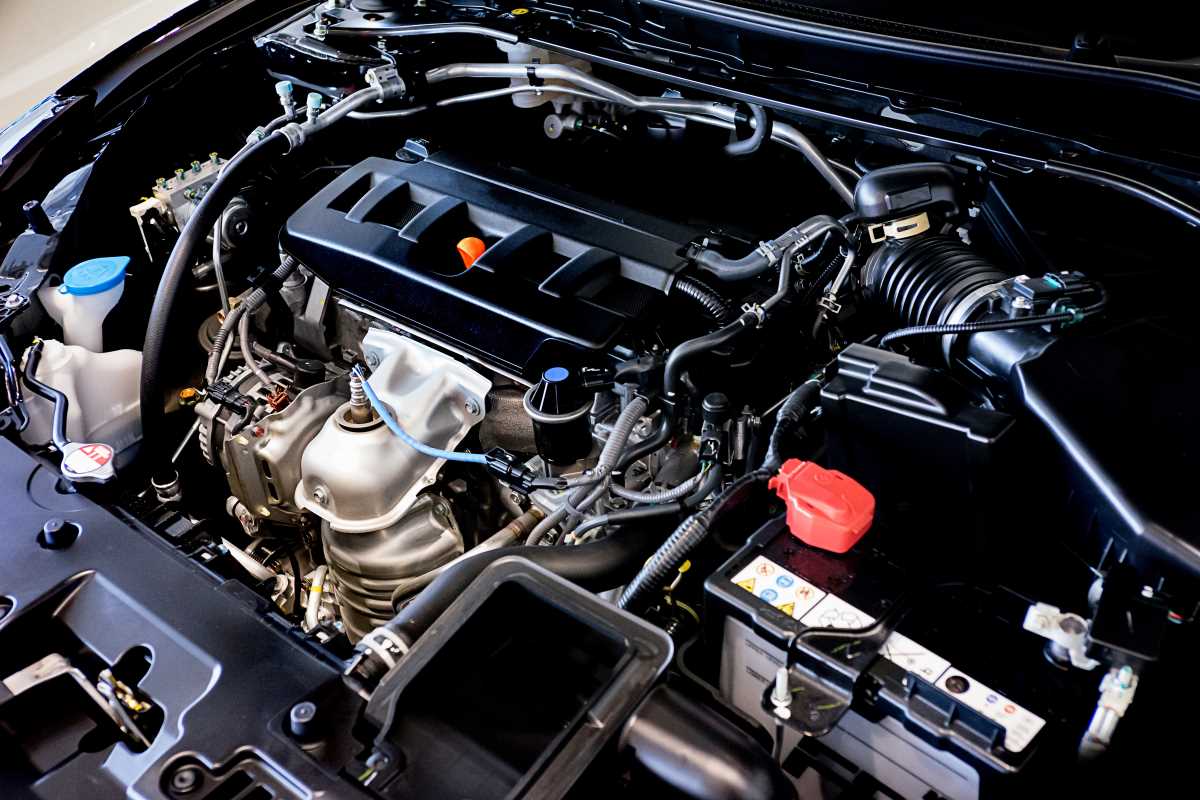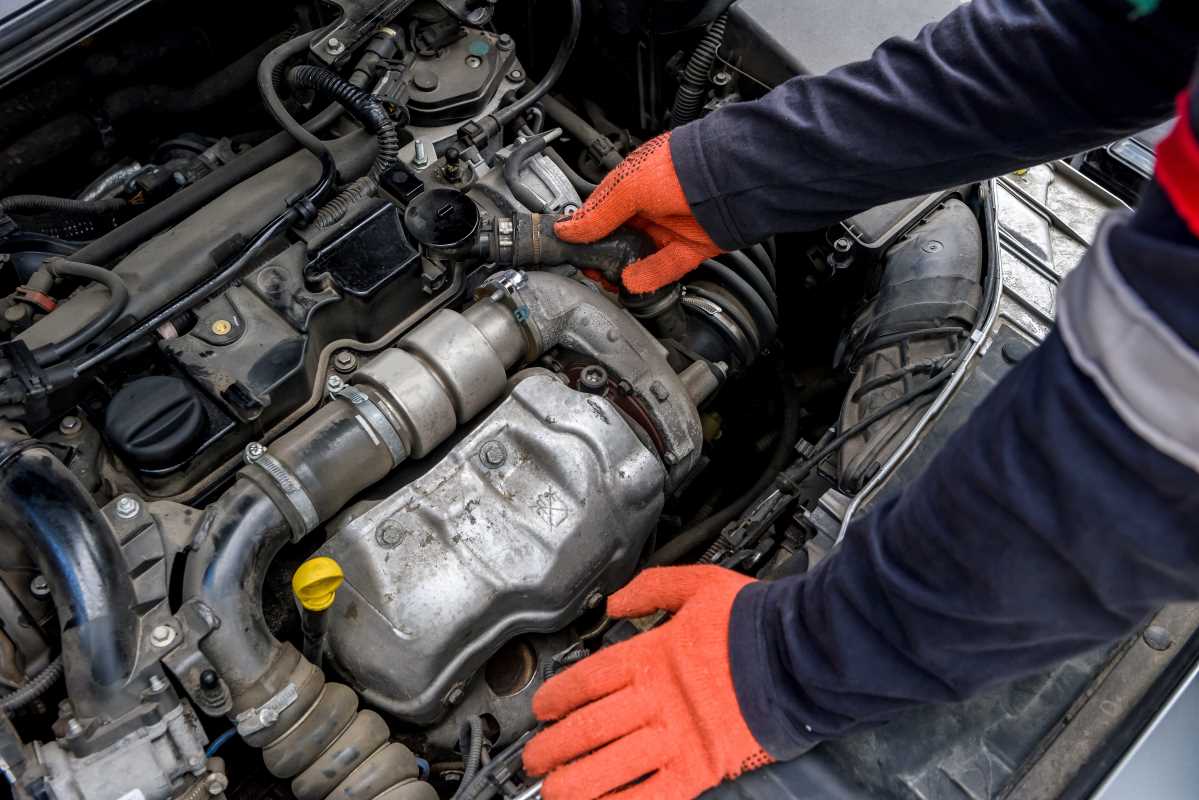Your car’s brake system is arguably its most important safety feature. The ability to slow down and stop reliably is something we take for granted until it’s compromised. Ignoring the subtle signs of brake wear can have serious consequences, from increased stopping distances that lead to accidents to failing a vehicle inspection. What starts as a simple, inexpensive fix can quickly escalate into a costly repair involving damaged rotors or other components. Paying attention to how your brakes feel, sound, and perform is key to keeping you safe on the road and saving you a significant amount of money in the long run.
1. High-Pitched Squealing or Chirping
One of the most common and earliest signs of brake wear is a high-pitched squeal or chirp when you apply the brakes. This sound is often by design. Most brake pads are equipped with small metal tabs called wear indicators. When the brake pad material wears down to a certain minimum thickness, this tab makes contact with the spinning brake rotor, creating that annoying squeal. It’s your car’s built-in way of telling you, "Hey, it's time for new pads!" If you hear this sound consistently, it's time to have your brakes inspected and likely replaced.
2. A Deep Grinding Noise
If you ignored the squealing and now hear a deep, loud grinding or groaning noise, you have a more serious problem. This metal-on-metal sound means you have completely worn through your brake pad material, and the steel backing plate of the pad is now grinding directly against the brake rotor. This is not only incredibly dangerous, as your stopping power is severely reduced, but it is also destroying your rotors. A simple brake pad replacement has now turned into a more expensive job that includes new rotors as well. If you hear grinding, stop driving the car if possible and get it to a shop immediately.
3. A Soft or Spongy Brake Pedal
When you press the brake pedal, it should feel firm and responsive. If the pedal feels soft, "spongy," or sinks toward the floor with steady pressure, it’s a sign of a problem in the hydraulic system. This could be caused by air in the brake lines, which is compressible and reduces the force applied to the brakes. It can also indicate that your brake fluid is old and has absorbed too much moisture from the atmosphere, lowering its boiling point and effectiveness. In more serious cases, a spongy pedal could point to a failing master cylinder or a leak in a flexible rubber brake hose. This is a significant safety issue that needs immediate professional diagnosis.
4. Vibration or Shaking When Braking
Do you feel a vibration or pulsing through the brake pedal or a shake in the steering wheel when you slow down? This sensation is often caused by warped or unevenly worn brake rotors. When a rotor is no longer perfectly flat, the brake pads grip and release inconsistently as they pass over the high and low spots, creating a shudder. This can happen from overheating the brakes during heavy use or from improperly tightened lug nuts. Sometimes, uneven deposits of brake pad material on the rotor's surface can cause the same feeling. This issue not only affects comfort but can also impact your car's handling and increase stopping distances.
5. Pulling to One Side
When you brake hard on a straight, dry road, your car should stop in a straight line. If the car pulls noticeably to the left or right, it signals an issue with your brake system. This is often caused by a stuck or "seized" brake caliper on one side. If a caliper is stuck, it may not apply pressure evenly, causing the car to pull toward the side with the working brake. Conversely, a caliper that doesn't release properly can cause a constant drag, which you might also feel as a pull. This problem requires prompt attention to ensure balanced braking and predictable handling.
Essential Brake System Maintenance
Beyond watching for these five signs, regular maintenance is key. You should have your brake fluid flushed and replaced every two to three years to remove moisture and maintain hydraulic performance. A visual inspection of your brake pads is also wise; many wheels have openings large enough to see the remaining pad thickness. When performing any brake work, it's crucial to use the correct lubricants for slide pins and to avoid getting any grease or oil on the friction surfaces of the pads or rotors. For most drivers, replacing pads and rotors is a manageable DIY job that can save hundreds, but any issues with the hydraulic system, like a spongy pedal, are best left to a professional.
